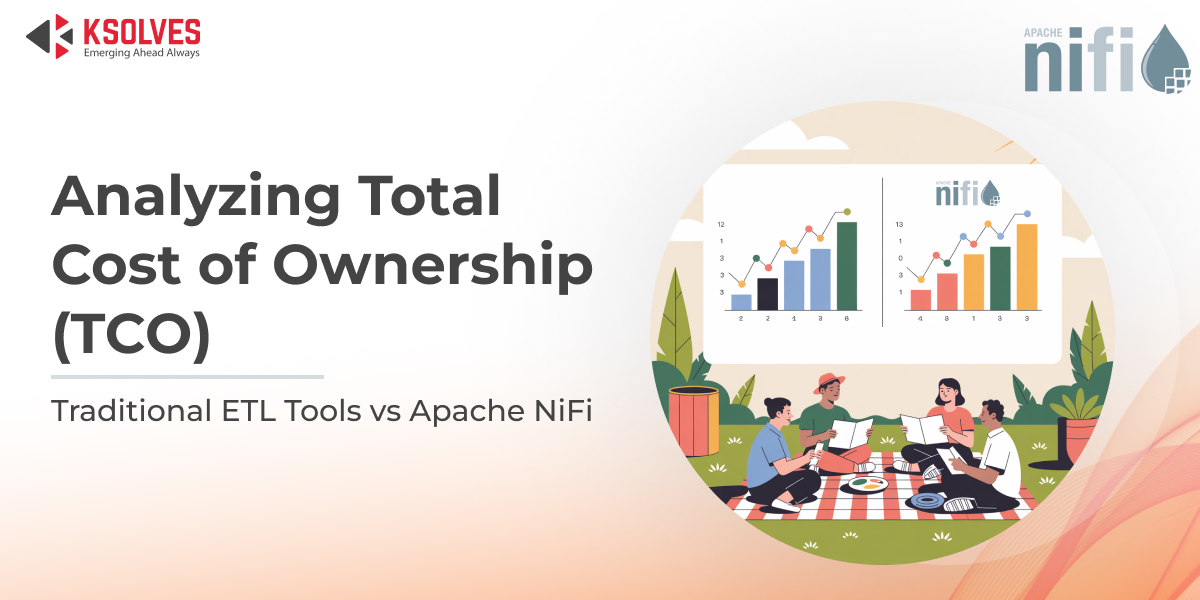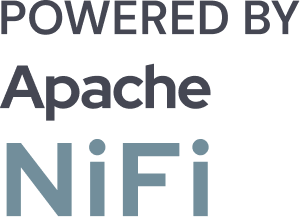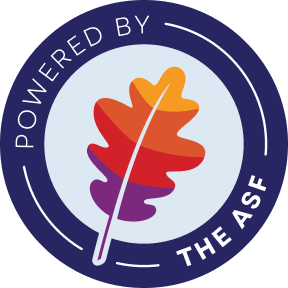Code-Heavy ETL vs. Code-Free NiFi for Data Integration: Comparing Total Cost of Ownership
![]()

With increasing volumes of data, organizations rely on robust ETL (Extract, Transform, Load) pipelines to manage, move, and transform data across systems. But while functionality is crucial, the Total Cost of Ownership (TCO) plays a decisive role when choosing the right data integration tool.
This blog explores the key differences in TCO between traditional code-heavy ETL tools and Apache NiFi, a code-free, flow-based tool for data integration. From development time to scalability and maintenance, we break down which approach offers better long-term value.
Overview of Code-Heavy ETL Tools
Code-heavy ETL tools often require extensive custom development, usually involving programming languages such as Java, Python, or Scala. Examples include:
- Apache Spark ETL scripts
- Talend Open Studio (custom jobs)
- Informatica PowerCenter (custom mappings)
- Custom ETL frameworks built in-house
These tools typically demand a team of developers and data engineers with advanced coding skills. While they offer high flexibility and customizability, the complexity grows with each new pipeline, especially when adapting to changes in data schema or business logic.
Introduction to Apache NiFi
Apache NiFi is an open-source data flow automation tool built to enable data routing, transformation, and system mediation logic through a drag-and-drop UI. Originally developed by the NSA and later contributed to the Apache Foundation, NiFi provides:
- Visual flow development
- Real-time data streaming
- Built-in processors for common tasks
- Data provenance tracking
- Secure and scalable architecture
NiFi is designed to be user-friendly, enabling both developers and non-developers to build, test, and deploy data flows without writing code.
Code-Heavy ETL vs. Code-Free NiFi: Key Differences Between Total Cost of Ownership
To compare TCO effectively, we’ll evaluate both approaches across the multiple dimensions as follows:
1. Development Time and Agility
Code-heavy ETL tools often involve writing and debugging scripts, testing edge cases, and managing code repositories. A single pipeline could take days to develop, especially when error handling and retry logic are added.
NiFi, on the other hand, offers an intuitive UI to design flows using pre-built processors. Tasks like parsing JSON, filtering data, and writing to a database are done through configurable components. This enables faster prototyping and significantly shorter development cycles.
2. Human Resource Costs
Code-heavy ETL environments require skilled developers familiar with specific frameworks or languages. Hiring and retaining such talent adds significant cost. Moreover, changes in the codebase often require senior developers to avoid breaking production workflows.
With NiFi, a broader range of users (including analysts and DevOps) can contribute. The skill barrier is lower, and onboarding new team members is quicker. This democratization of data engineering can reduce costs and dependency on specialized developers.
3. Maintenance and Change Management
In traditional ETL, managing code changes involves rigorous testing, version control (e.g., Git), manual deployment, and risk of regressions.
NiFi simplifies this with:
- Version control using NiFi Registry.
- Visual diff tools to inspect flow changes.
- Easier troubleshooting with data provenance tracking.
This visual and modular approach reduces maintenance overhead, especially in large-scale environments with frequent change requirements.
4. Scalability and Flexibility
Code-heavy ETL pipelines often struggle with horizontal scaling unless explicitly designed for it (e.g., using Spark clusters). Changes to logic typically require code updates and redeployment.
NiFi offers:
- Clustered deployment out of the box.
- Component-level scalability and tuning.
- Dynamic re-routing, load balancing, and backpressure mechanisms.
- Real-time and batch support.
Its flexibility is not at the expense of scalability, making it suitable for both streaming and bulk data pipelines.
5. Licensing and Infrastructure Costs
Some traditional ETL tools come with hefty licensing fees, particularly enterprise editions with advanced features or connectors (e.g., Informatica, Talend Enterprise). Infrastructure costs also rise if separate systems are needed for execution engines (e.g., Spark clusters).
In contrast, Apache NiFi is open source and can be self-hosted on commodity hardware or cloud platforms like AWS and Azure. While operational costs still exist, there’s no vendor lock-in or recurring license fees. You pay only for the infrastructure and optional commercial support.
6. Training, Onboarding, and Learning Curve
Learning a code-heavy ETL framework involves:
- Programming language proficiency
- Understanding tool-specific APIs
- Debugging environments and deployment
NiFi, being visual and low-code, is easier to learn. New users can be productive within days with basic training. Visual workflows also improve collaboration across teams, as they’re easier to document and share.
Summary Table: TCO Comparison at a Glance
| Creiteria | Code-Heavy ETL | Code-Free NiFi |
| Development Time | High | Low |
| Skill Requirements | Advanced Developers | Mixed Skill Sets |
| Maintenance Complexity | High | Low |
| Licensing Cost | Medium to High | Low (Open Source) |
| Flexibility | High (with effort) | High (via built-in features) |
| Onboarding Time | Long | Short |
| Scalability | Requires customization | Built-in clustering |
One More Reason to Choose Code-Free NiFi – It’s Got a Smarter Companion, Data Flow Manager
While Apache NiFi already offers a powerful, code-free platform to build and manage data flows, managing complex deployments, governance, and monitoring across multiple environments can still pose challenges, especially at scale.
That’s where Data Flow Manager (DFM) comes in: a centralized, code-free platform designed to simplify the entire lifecycle of NiFi flows, from creation to deployment and monitoring.
With Data Flow Manager, you can:
- Design and deploy NiFi flows without ever opening the NiFi UI.
- Eliminate the need for writing complex scripts to manually deploy flows.
- Schedule flow deployments with an approval workflow.
- Manage version control and instantly roll back to the previous version flow versions.
- Enforce governance and compliance through role-based access control and audit trails.
Data Flow Manager enhances NiFi by abstracting operational complexity, reducing the risk of errors, and accelerating delivery, making it easier than ever to realize the full benefits of code-free data integration with minimal overhead.
If your organization is ready to scale NiFi confidently and efficiently, Data Flow Manager is the smart companion you need.
Conclusion
When evaluating ETL solutions, the true cost goes far beyond initial setup. Code-heavy ETL tools may offer flexibility, but they come with significant development, maintenance, and personnel costs. In contrast, Apache NiFi provides a powerful, scalable, and user-friendly alternative that reduces complexity and accelerates delivery, making it an ideal choice for modern data teams.
And with the addition of Data Flow Manager, NiFi becomes even more compelling. It removes the friction of designing and managing flows across environments, ensuring better governance. It delivers a complete, code-free ETL experience with significantly lower Total Cost of Ownership. Start your free trial today!
![]()

